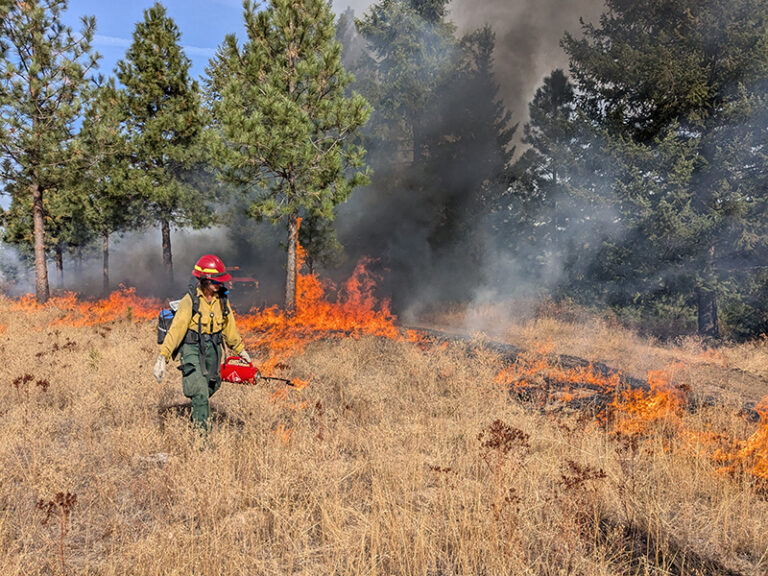The bow of the boat is slowly sinking down into the water as my friend Chris fills the internal ballast tanks of his 2008 Malibu Wakesetter with river water. “We need about 1,000 pounds of weight to get the wave height dialed in just right” says Chris. Within minutes the boat’s internal pumps have filled the tanks to capacity, and we are ready to shred our first surf session of the season…and we’re hundreds of miles from the nearest ocean.
Wakesurfing (similar to, but not the same sport as, wakeboarding) is taking off all over the country and now represents the fastest growing segment of all boat-based water sports. How does someone surf behind a boat you might ask? Typically, the rider trails behind the boat, surfing the boat’s wake without being directly attached to the boat. With the use of weight created by the boat’s internal holding tanks, the wake coming off of the rear of the boat is maximized and mimics the look and feel of an actual ocean wave. After getting up on the wave by use of a tow rope, riders drop the rope and surf the steep face below the wave’s peak in a fashion reminiscent of ocean surfing.
Sitting in the warm summer water of the Pend Orielle river, I get my feet set on the board, position my body directly behind the boat, grab the rope and yell “hit it!” The boat powers me up onto a plane and within seconds a massive wall of water is building off of the toe side my surf board. And then that magical moment happens: the face of the wave grabs the board, the rope goes slack, and you are free from the boat, riding purely on the power of the wave. Staying within the small window of the wave’s power is no easy feat though. A delicate balance of weight distribution is needed to hold your position on the face—especially as you begin to explore the crest and trough of the wave.
After holding steady on the wave for a few minutes, I’m feeling a little confidence, so I inch my weight to the front of the board and begin to descend down into the trough of the wave. Easing off the front of the board, I quickly ascend back to the crest of the wave. Feeling exhilaration and accomplishment, I’m ready to hit the trough again, but even faster and deeper this time. “Keep your weight forward” Chris yells from the back of boat. I shift my weight aggressively to the front of the board this time, and it darts directly down towards the trough. Gaining speed quickly, I somehow know that this is not going to end well. Just then, the nose of my board dives underwater and… SLAM! I hit the drink. Ride over.
The origins of wakesurfing are somewhat disputed with multiple people and companies claiming to be at the genesis of the sport. Footage from the 50’s and 60’s shows ocean surfers experimenting with regular surfboards behind motor boats, but at the time it was more of a gimmick than a serious attempt to develop a new genre of surfing. Nevertheless, the sport never really separated itself and remained a quirky appendage of ocean surfing until wakeboarding began to grow in popularity beginning in the late 80s and early 90s. As a result of technology to increase the size of wakeboarding wakes, the opportunity to reintroduce wakesurfing to the mass market was seized upon by several sport pioneers starting around 2002. The sport gradually gained momentum with each passing year as several inboard boat manufacturers began marketing boats specifically used for wakesurfing.
Wakesurfers generally use special boards, usually five feet or shorter. In fact, wakesurf boards have now become a major category for watersports retailers across the country. “Wakesurf boards represent at least 30% of our total watersports sales for the season” says Eli Coski, Manager of Wintersport, one of Spokane’s leading water sports retailers. “At least 50% of our customer base are now participating in the sport, and they are purchasing multiple boards as part of quiver for different surfing styles and abilities” adds Coski.
So of course, a major barrier to participating in this sport is having access to a surfing specific boat. If you are not quite ready to drop 50K on one of these beauties, you can always hit up Gared Schneider of “Hayden Wake” watersports school in Hayden Lake, Idaho. Gared charges $125 p/h (minimum 2hrs.) for use of the boat, gas, gear, and surf lessons. You can go solo or you can split the time and cost with your buddies (up to 13 a time). “We have taught a ton of people to wakesurf, from ages 4 all the way up to 70,” says Schneider. Hayden Wake, in their seventh season of operation, also runs various kids camps throughout the summer. For more info call: 208-659-4411 or [email protected]
It should be noted that the only boats that are safe and legal to surf behind are inboard boats. Inboard boats have a prop orientation that is directly under the middle of the boat. Surfing behind a stern drive or outboard boat is extremely dangerous as the rider is exposed to the prop in the event of a fall.
While boat and other cost barriers have made this sport somewhat limited to the masses, wakesurfing has given many landlocked folks the opportunity to experience the excitement and exhilaration or “stoke” that can only be found in the power of a wave.













